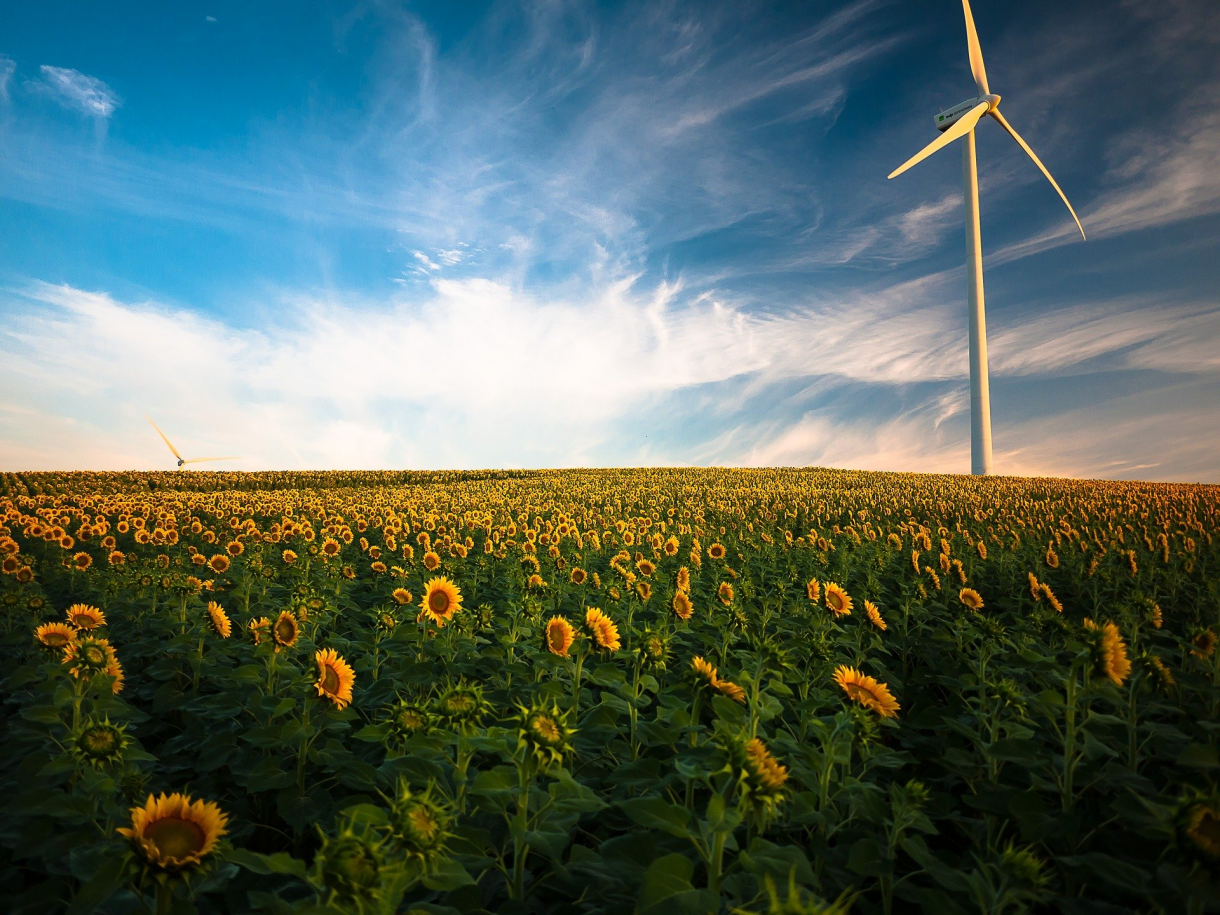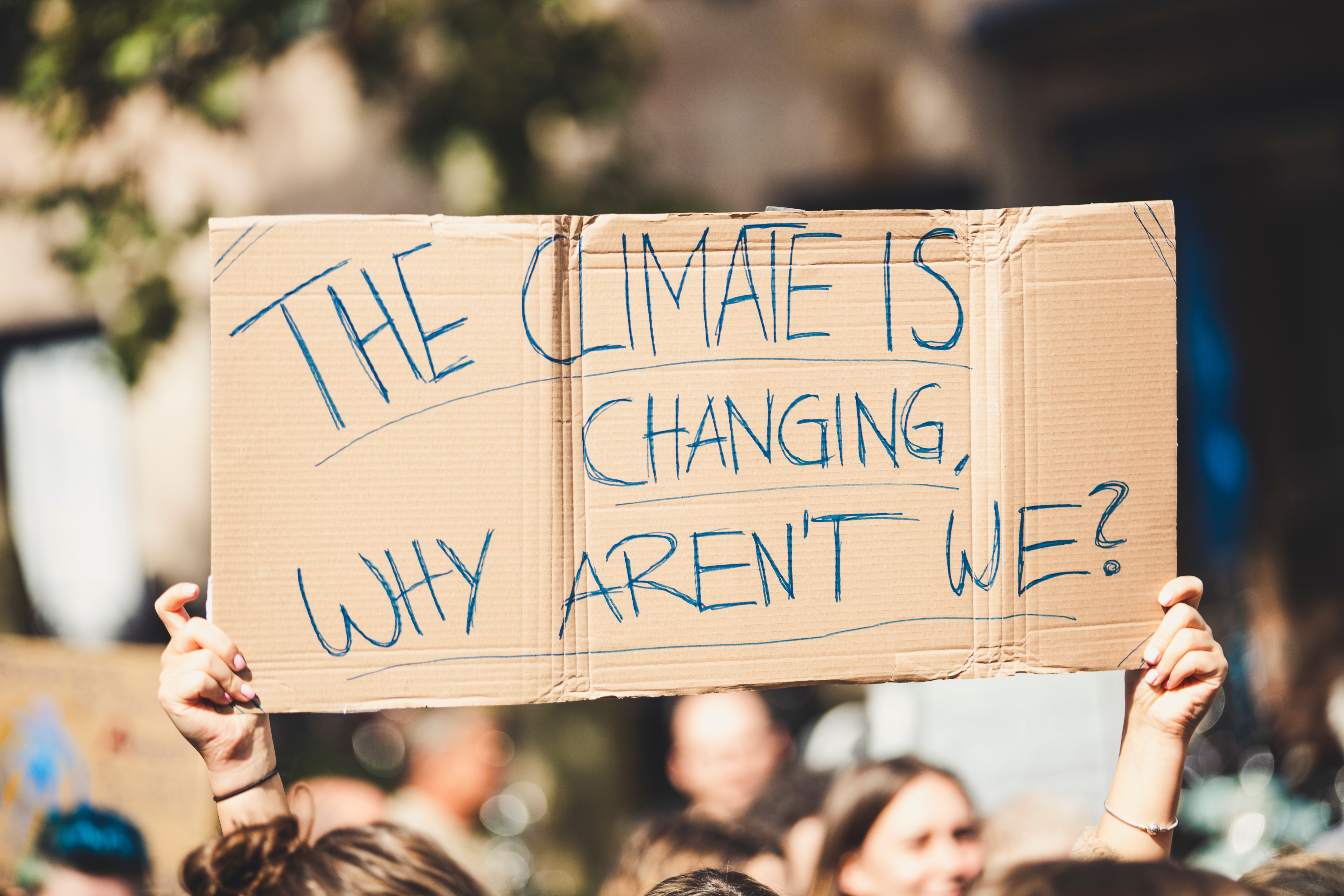
Share this Post
Germany has a history for being a frontrunner in energy efficiency, with ambitious legislation paving the way for saving energy as the first fuel. This is more than a political whim: as the country has few natural resources, energy efficiency helps the German industry lower energy costs and reduce dependency on countries that export fossil energy. Also the long-term goal of reaching 100% renewable energy produced in Germany, for the country’s entire energy system, can only be met if energy efficiency is optimized. Therefore, energy efficiency is not only a pillar of Germany’s energy transition, but is also immensely significant to the competitiveness of the German economy.
With the formation of a new German government in 2021, alongside developments at the EU level, there is now a window of opportunity to drive new legislation efforts concerning energy efficiency, which ought to be coordinated and aligned with the country’s 2045 decarbonization goals.
Germany’s quest for energy efficiency
Energy efficiency can be a win-win situation for everyone. Naturally, the first benefit is climate protection, as saving energy leads to fewer CO2 emissions. Conscious use of energy is also financially worthwhile for households, companies and municipalities. Moreover, greater energy efficiency makes the German economy more competitive in the international arena, as using fewer resources and causing fewer emissions leads to a cost advantage and promotes innovative technologies and services, with which German companies can score points in international markets.
Regarding energy savings and energy efficiency, Germany is following a three-tiered approach: regulation, information campaigns on energy efficiency, and funding opportunities covering industry, transport and the building sector. The building sector is responsible for 40% of primary energy consumption and approximately 33% of CO2 emissions in Germany. Seventy-five percent of the country’s buildings were built before 1979, when the first thermal insulation ordinance came into force. To ensure that these buildings are brought up to a higher standard, the German government is gradually raising minimum efficiency standards and introducing a long-term modernization roadmap for existing buildings. This is due partly to EU laws covered in the Energy Performance of Buildings Directive (EPBD) and partly to necessities deriving from the Paris Agreement regarding decarbonization of the entire economy.
Germany was one of the first EU countries to target energy efficiency with the Green Paper on Energy Efficiency in 2016 and the National Action Plan for Energy Efficiency (NAPE). In these, Germany set a national efficiency target for 2030: reducing primary energy consumption by 30% compared to 2008. This was also meant to promote the national target of raising the share of renewable energy in Germany‘s total gross final energy consumption to 30% by 2030.
As a frontrunner in energy efficiency policy, Germany already has a good policy structure in place. Energy efficiency is defined as the first fuel, meaning that it can replace a large amount of energy demand. This is important as the entire energy sector needs to decarbonize and renewable energies are not available at the same rate as fossil fuels when sourced from within the country.
The Energy Efficiency Roadmap 2045 shows the way to greater energy efficiency. It is the German government’s scientifically supported dialog format for driving necessary progress in energy efficiency, and is regarded as a central building block in Germany’s energy efficiency strategy. This is what the roadmap process is all about: representatives of science, industry and civil society coming together to develop strategies, instruments and measures for increasing energy efficiency in Germany. The starting point for the roadmap was December 2019, with the adoption of the cross-sector Energy Efficiency Strategy 2050 by the German government. To ensure that the roadmap really does take all the important issues into account, its foundations are being developed in three sector-specific working groups (buildings, industry and transport) and three cross-sectoral working groups (digitization, skilled workers and qualifications, and system issues). The focus is on medium-term instruments to be implemented until 2030, and on long-term strategies until 2045.
Stakeholders in the German debate around energy efficiency
Thanks to the Fridays for Future movement and to growing awareness among citizens and industry of the need for a concerted answer to climate change, both stakeholder groups are increasingly demanding a better framework for climate change measures. The energy efficiency industry, in particular, is promoting heavier regulation for building. At the same time, heavy industry actors are growing more aware of the business benefits of increasing energy efficiency – i.e., reduced costs for energy and an upgrade to their production cycles.
There are various actors in the area of energy efficiency. In the political domain, political parties, depending on their party program, support energy efficiency either for environmental reasons or for economic ones (boosting competitiveness). Parties on the left are inclined to provide more funding for increasing energy efficiency, especially for the large building stock – in order to prevent higher rent and rising energy prices.
The German industry tends to look at energy efficiency as necessary for decreasing energy costs and becoming more competitive. Several companies from the energy efficiency industry are organized within DENEFF e.V. – a lobbying organization that promotes more ambitious goals for energy efficiency, with the side target of providing revenue for its members.
Civil society addresses energy efficiency primarily through the angle of climate protection and decreased energy use, which is linked to saving costs, lobbying against fossil energy use and imported green hydrogen, which these groups tend to view primarily as a bridge technology on the way to climate neutrality.
What lies ahead for energy efficiency in Germany?
Two parallel developments point towards more stringent energy efficiency regulation and higher targets. The first one concerns the EU developments around the Fit-for-55 package, with a revision of the Energy Efficiency Directive (EED) and the Energy Performance of Buildings Directive (EPBD), which are likely to introduce higher targets and more regulation towards construction and efficiency standards for buildings, products and the industry. The second one is the formation of a German traffic light coalition with the Social Democrats (SPD), the Free Democrats (FDP) and the Greens Party. Although efficiency has not been the main topic of the coalition agreement so far, rising energy prices and the need to save energy along the entire economic cycle require tighter rules and bolder targets. Achieving a genuine and thorough energy transition by 2045 requires full decarbonization of the energy system in buildings, industry and the transport sectors. The switch to renewable energy can only be attained with higher energy efficiency targets, as renewable energy is only available to a certain extent when sourced locally within Germany. Thus, Germany, with its large energy demand from buildings and industry, as well as from transport, could become a European frontrunner in efficiency policy.
Further reading
- The brochure “Energy Efficiency in Figures” (in German) provides an overview of trends in energy efficiency and energy consumption since 1990.
- https://www.deutschland-machts-effizient.de/KAENEF/Navigation/DE/Home/home.html
- https://www.energypartnership.cn/fileadmin/user_upload/china/media_elements/Documents/200407_BMWi_Dossier_Energy_Efficiency_Strategy_2050.pdf
- https://www.bmwi.de/Redaktion/DE/Publikationen/Energie/langfristige-renovierungsstrategie-der-bundesregierung.html
- https://www.kfw.de/inlandsfoerderung/Privatpersonen/Energieeffizient-Sanieren/?kfwmc=vt.sea.google.SEA_VT_EBS_Gebaeude_BK.{Anzeigengruppe}.{Anzeige}&wt_cc1=wohnen&wt_cc2=pri|bestandimmobilie&wt_cc3=40422695277_kwd-47850493795_531449661539&wt_kw=b_40422695277_%2Bkfw%20%2Bgeb%C3%A4udesanierung
- https://www.verbraucherzentrale.de/wissen/energie/energetische-sanierung/energieausweis-was-sagt-dieser-steckbrief-fuer-wohngebaeude-aus-24074
The opinions expressed in this text are solely that of the author/s and do not necessarily reflect the views of IPPI and/or its partners.
Share this Post

What is Germany's strategy in the race for a quantum computer?
Quantum computing promises a significant leap in computing power for mathematical problems in the development of medicines, logistics,…

Artificial Intelligence and Tort Law – Who Should be Held Liable when AI Causes Damages?
Artificial Intelligence (AI) is becoming a prevalent part of our society and commercial market. Autonomous vehicles, drones, robotic…

Towards Democratic Innovation in Israel: The Case for Citizens' Assemblies
Citizens’ Assemblies as Instigators for Climate Action The erosion of liberal democracies is arguably a sign of our…
